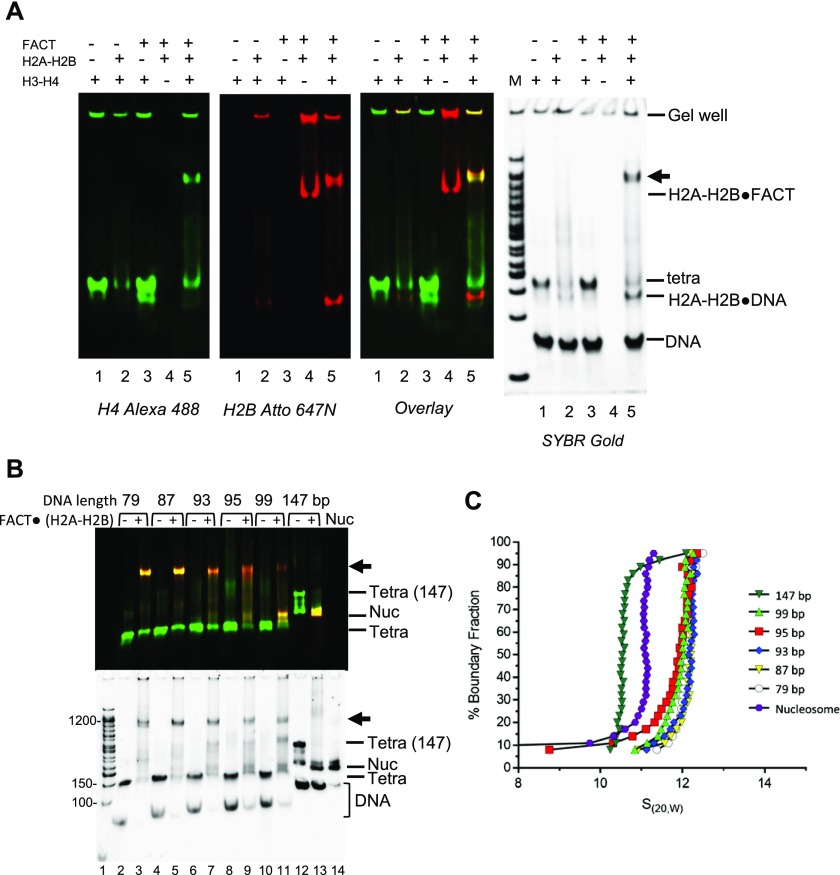Figure 5. DNA competes FACT away from H2A–H2B and facilitates formation of hexasomes/nucleosomes.
(A) The intermediate complex is also formed with 79-bp DNA. FACT was preincubated with H2A–H2B for 10 min at room temperature and tetrasome (pre-assembled with (H3–H4)2 and 79-bp DNA) was then incubated for 30 min at room temperature. In the final reaction, all components are at ∼400 nM. The 5% native gel was visualized by SYBR Gold staining, or through H4 (Alexa 488) or H2B (Atto 647). (B) DNA competes FACT off H2A–H2B and facilitates H2A–H2B deposition onto tetrasomes. FACT was premixed with H2A–H2B, and tetrasome with different DNA length (79–147 bp) was added. In the final reaction, Alexa 488–labeled tetrasome concentration is ∼500 nM. FACT is at 500 nM, and Atto 647N–labeled H2A–H2B is ∼1,000 nM. The 5% native gel was visualized by H4 (Alexa 488; green) or H2B (Atto 647; red). Top panel: an overlay of scans at both wavelengths; bottom panel: SYBR Gold. (C) Complexes formed with different length DNA fragments, as in (B), were analyzed by SV-AUC (FDS at 488 nm) to monitor fluorescently labeled H4. S values are listed in Table 1.

